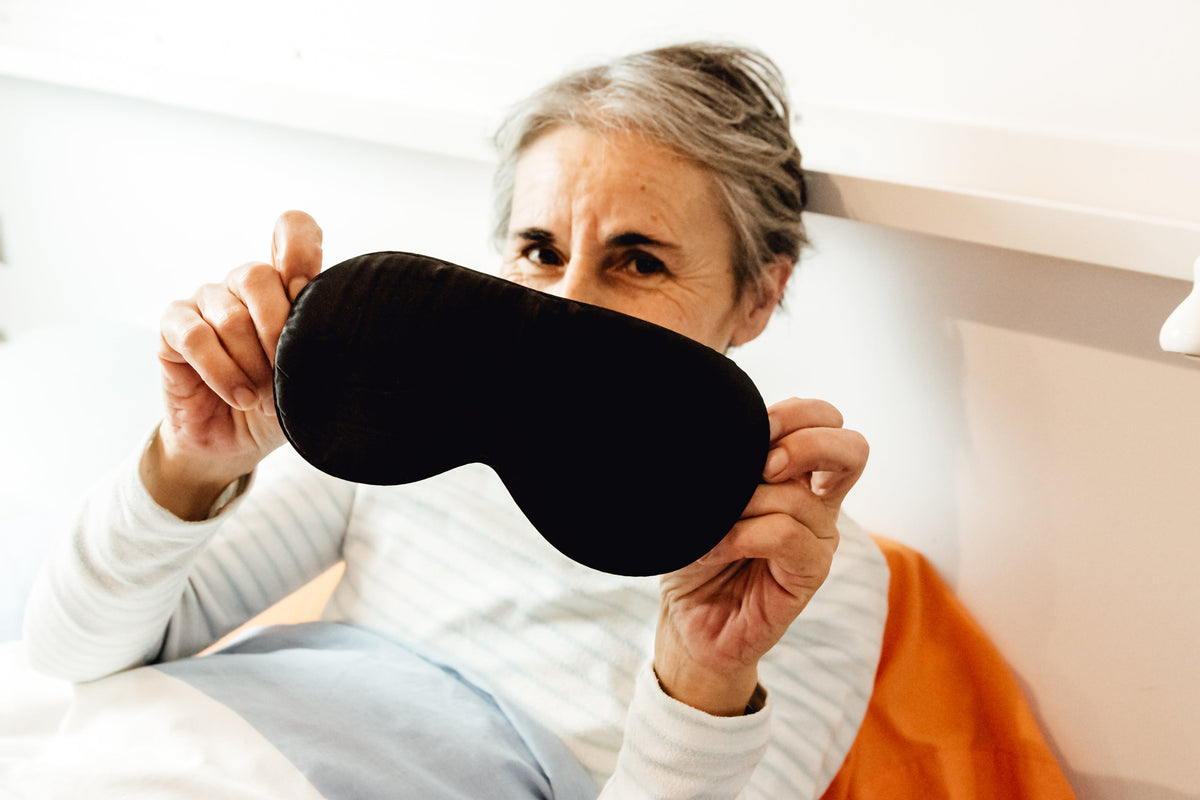
Create a Sleep-Friendly Environment to overcome insomnia
|
|
Time to read 4 min
|
|
Time to read 4 min
Do you find yourself tossing and turning at night, unable to get a good night's sleep? You're not alone. Many people struggle with insomnia, a common sleep disorder that makes it hard to fall asleep or stay asleep. Insomnia can leave you feeling tired and irritable during the day, and over time, it can take a toll on your physical and mental health. In this article, we'll explore how to create a sleep-friendly environment that can help you get the rest you need.
💡 Did you know
That Chronic insomnia is defined as insomnia lasting at least three nights per week for three months or longer. According to SleepFoundation.org.
Before diving into solutions, it's important to understand insomnia. So, what is insomnia? Essentially, insomnia is a condition where you're unable to sleep or find it difficult to stay asleep. It's more than just a restless night or two; it's a chronic issue that can impact your daily life causing lethargy throughout the day, inability to focus at work and study.
Yes, insomnia is recognized as a medical condition. It can be classified into two types: acute and chronic.
Acute insomnia is short-term, often resulting from stress or a one-off event like post operation recovery, a traumatic event etc. Chronic insomnia, on the other hand, lasts for a month or longer and often requires more comprehensive treatment by first identifying the root cause.
The signs of insomnia can vary from person to person, but common symptoms include:
If you're experiencing these symptoms regularly, it might be a sign that you need to make some changes to your sleep environment and habits.
There are several reasons why you might be struggling to fall asleep. Stress, anxiety, poor sleep habits, and even your bedroom environment can all contribute to insomnia. Let's explore how you can address these factors and create a space that promotes better sleep.
What causes insomnia :
Insomnia can be caused by a variety of factors, including:
Identifying the root cause of your insomnia can help you address it more effectively.
Now that we understand what insomnia is and some of its causes, let's look at how you can transform your bedroom into an ideal sleep environment.
Your bedroom should be a place of rest and relaxation. Here are some tips to make it more conducive to sleep:
Creating a consistent bedtime routine can signal to your body that it's time to wind down. Here are some ideas:
Despite your best efforts, there may be nights when you just can't fall asleep. Here are some strategies to try:
In many cases, lifestyle changes and creating a sleep-friendly environment can improve insomnia without the need for medication.
Using Cranial Electrical Stimulation (CES) is a non-invasive treatment that delivers low electric current on brain waves, typically via electrodes placed on earlobes. It is also known as Electrical Stimulation Therapy which is sometimes used to treat conditions like depression, anxiety and insomnia. Some manufacturers have also evolved this therapy into Hand-help sleep device that delivers similar outcome with different application styles suited to different individuals.
Creating a sleep-friendly environment is a powerful step toward improving your sleep quality and overcoming insomnia. By making changes to your bedroom, establishing a bedtime routine, and addressing factors that contribute to sleeplessness, you can set the stage for restful nights. Remember, if insomnia persists, it's important to consult with a healthcare professional to explore additional treatment options. Sleep well!
